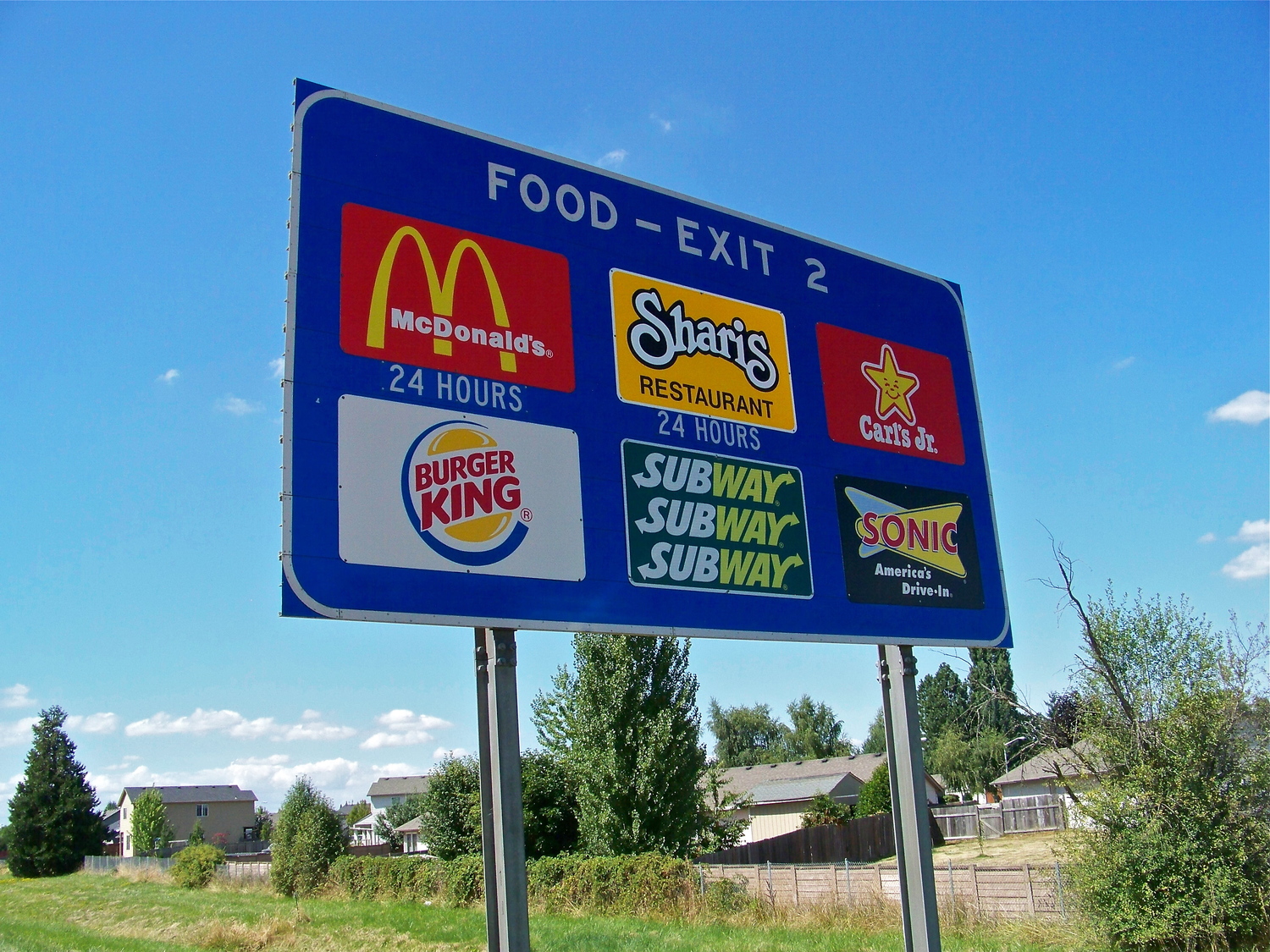The first chapter shows the evolution of type throughout the
years in a timeline divided into five sections. It starts with the earliest
writings found on clay tablets from 3150 B.C., and continues on with text found
throughout Egypt. The first part ends and the second one begins with Gutenberg
and how he invented movable type in the year 1450. The third stage begins in
the eighteenth century and the Industrial Revolution, where new technology
helped and changed printing and graphic design. The fourth takes place during
the twentieth century with advances in science and technology allowing for
people to accomplish much more with design. The final part is from the year
2000 up to present show what is now possible to create.
The third chapter is about syntax and how it is the
connecting of typographic signs to form words. It is closely related to the
grammar usage of syntax, where words are put together to make sentences. While
in typography it is the process of arranging the elements such as letters,
words, lines, columns, and margins, to make something with meaning. For
letters, having a large single letter on a page with white space around it
causes it to be visually dynamic. As for words, they be organized and arranged
so to give more meaning to what it represents. Words can be combined for lines,
these lines can be arranged to make a piece seem more attractive or visually
organized. Arranging words, letters, and lines into columns also enhances the
relationship between it and the page. Margins also help arrange text on a page
while using supportive elements to make a page look more appealing.
The sixth chapter discuses the usage of type and how it is suppose to show a message. It describes how the typographic message communicate as a language that people can recognize in signs and such. Typography can be interpreted verbally, visually, or both. Signs can also have people be wither concerned with the form of a sign or they can associate a particular meaning with the sign. They can also be understood with denotation and connotation.

No comments:
Post a Comment